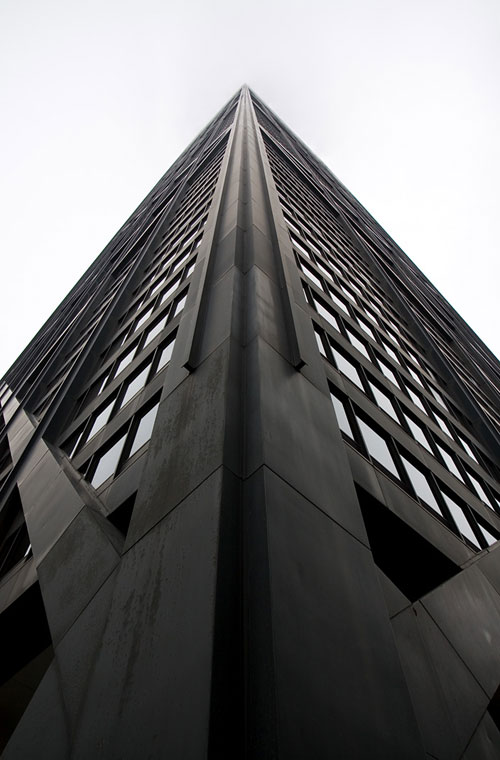Trussed Tube Structure
The most stylish building ever has trussed tube structure
- Yet again, the great Fazlur Khan
- In John Hancock Center, the most expensive apartments are the ones that have x-bracing
- Greater usable floor space.
Get 13 % discount by ordering before March 31.

Also known as the braced tube, it is similar to the simple tube but with comparatively fewer and farther-spaced exterior columns. Steel bracings or concrete shear walls are introduced along the exterior walls to compensate for the fewer columns by tying them together. The most notable examples incorporating steel bracing are the John Hancock Center, the Citigroup Center and the Bank of China Tower.
Khan pioneered several other variations of the tube structure design. One of these was the concept of applying X-bracing to the exterior of the tube to form a "trussed tube". X-bracing reduces the lateral load on a building by transferring the load into the exterior columns, and the reduced need for interior columns provides a greater usable floor space. Khan first employed exterior X-bracing on his design of the John Hancock Center in 1965, and this can be clearly seen on the building's exterior, making it an architectural icon.
In contrast to earlier steel-frame structures, such as the Empire State Building (1931), which required about 206 kilograms of steel per square metre and Chase Manhattan Bank Building (1961), which required around 275 kilograms of steel per square metre, the John Hancock Center was far more efficient, requiring only 145 kilograms of steel per square metre. The trussed tube concept was applied to many later skyscrapers, including the Onterie Center, Citigroup Center and Bank of China Tower.